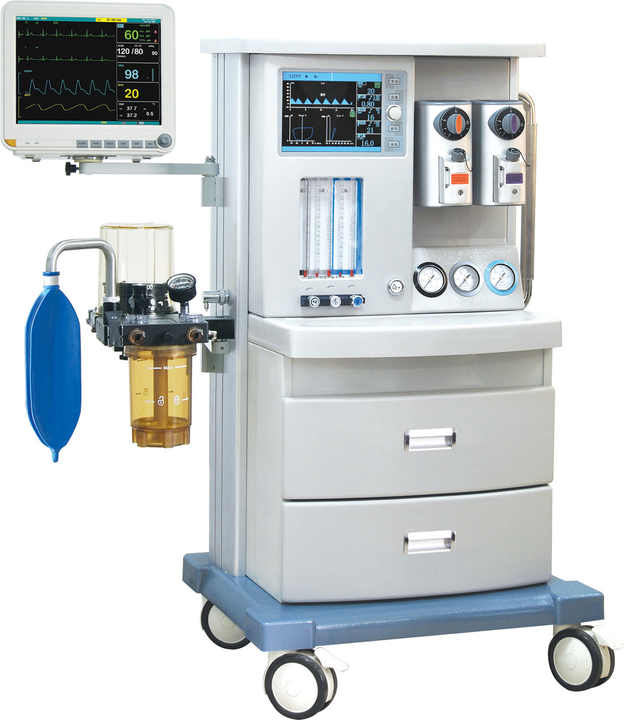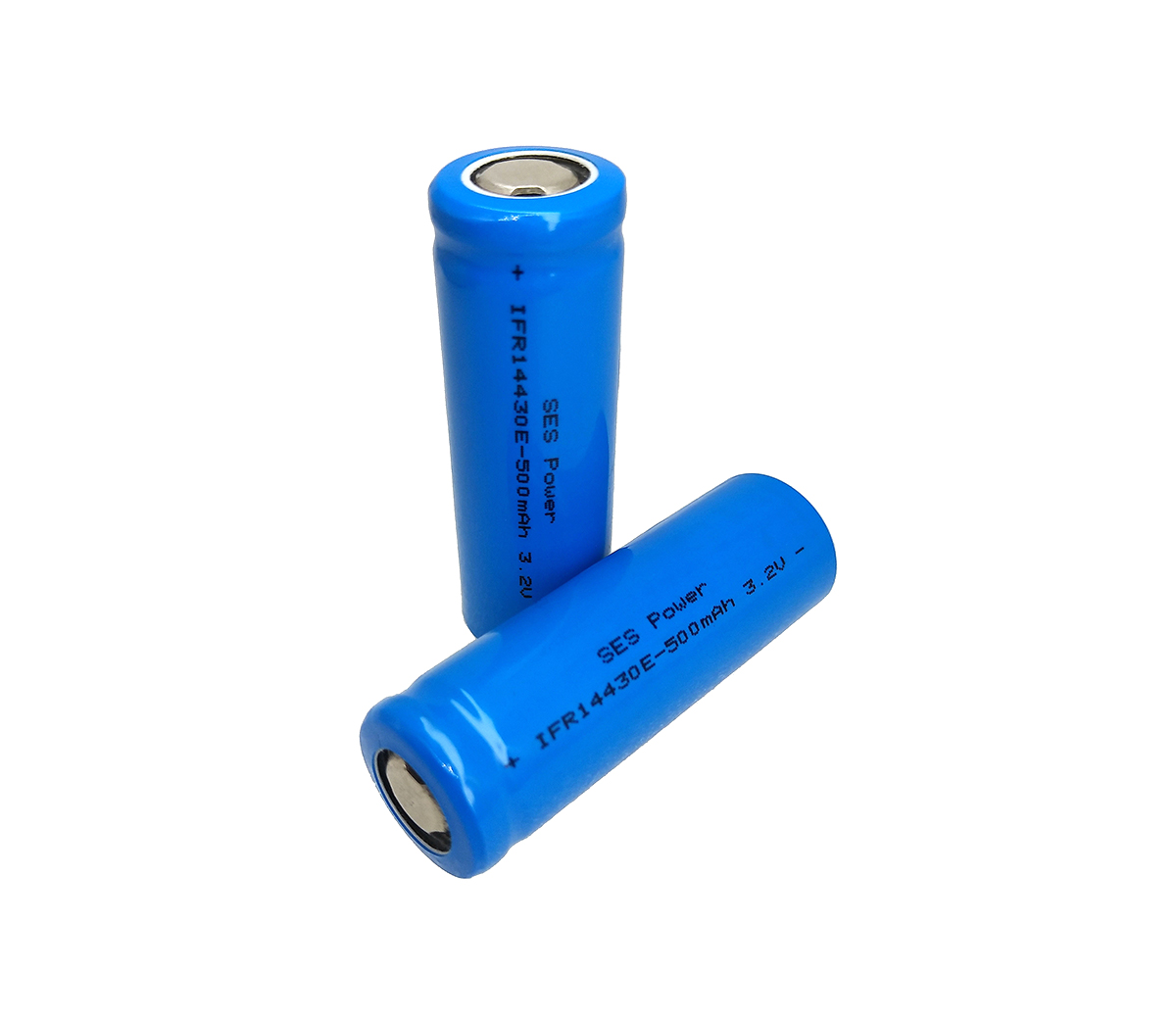
Nowadays, electric vehicles have become the choice of more and more
consumers. Taking Beijing as an example, applying for new energy personal
indicators may be scheduled to 2023. At the same time, we should also note that
as a new thing, electric vehicles also have many problems. Among them, the
difficulty of charging is the most obvious shortcoming.
Data shows that as of the end of 2017, China's new energy vehicle pile
ratio is only 3.5:1, the layout of charging facilities is still not reasonable
enough, and the utilization rate of public charging piles is only 12%. From a
technical point of view, the current shortcomings of charging are mainly
concentrated in three aspects: first, the charging time is longer, which weakens
the use efficiency of electric vehicles; second, the service capacity of
charging facilities is insufficient, which is mainly reflected in the difficulty
of finding charging piles. , Poor compatibility, etc.; thirdly, the level of
intelligence is low, which is not convenient for large-scale deployment and
management. It can be said that charging piles are the main reason that
restricts the large-scale outbreak of electric vehicles. Therefore, how to
increase the layout of charging piles has become a top priority for the entire
industry.
The key to breaking the game: high-power technology Judging from foreign
experience, the foreign electric vehicle industry solves the problem of charging
difficulties mainly through two ways: accelerating the charging speed + relaxing
the charging standard. Recently, the Swiss company ABB launched the
TerraHighPowerDC fast-charging charging pile with an output power of 350
kilowatts, which is almost three times that of the Tesla super charging pile. In
comparison, the CHAdeMODC fast charging technology solution can reach up to
62.5kW, while the J1772level2 solution can reach up to 90kW fast charging. At
present, Tesla's super charging pile can provide up to 120kW for ModelS.
If the TerraHighPowerDC fast charge charging pile has completed the
compatibility work, then the mainstream electric vehicles on the market can
travel 120 miles (200 kilometers) in only 8 minutes. From the perspective of
relaxing the charging standards, Tesla CEO Musk said in a recent conference call
that the Tesla super charging station is not a walled garden, and Tesla is still
open to other new energy vehicle manufacturers. . Of course, these companies
need to adapt in accordance with Tesla's existing charging standards. Looking at
the country, the current domestic industry is roughly following these two
paths.
Due to technical limitations, the country has begun to deploy 120KW
charging piles. Take Chongqing as an example. The city plans to build 500 DC
charging piles of no less than 60KW in some stations in the main city, some of
which can reach 120KW, which can provide charging services for 20 kilometers
around the circle, and realize charging in 1 minute at the fastest. With 2
kilowatt-hours of electricity, an ordinary family car can be fully charged in
only 30 minutes, and can provide a cruising range of about 200 kilometers. From
the perspective of charging pile companies, they are also paying more and more
attention to the research and development of 120KW charging piles. Charging pile
operator Smart Charging Technology provides six charging products C1, C2, C4,
C6, C6s, and C9. Among them, the C6s DC charging pile can bring up to 180Kw of
charging power for electric vehicles, which is equivalent to the charging
capacity per hour. For vehicles to travel 1,200 kilometers to meet the intensive
demand for commercial and public charging in the future.
It is reported that the first C6s charging station of Smart Charge
Technology has been deployed to Audi (China) headquarters in Beijing 751. Let’s
look at the relaxation of charging standards. In January of this year, the
Beijing Municipal Management Committee revealed that Beijing has completed the
upgrading of about 12,000 public car charging facilities to the new national
standard. After the renovation, the charging piles will implement the new
national standard. The versatility of charging piles and newly built charging
stations also meet the new national standard. In March of this year, the
electric vehicle super charging station independently developed and designed by
Zhichong has been officially delivered to the owner Fang Xiaopeng Automobile and
put into operation. When Xiaopeng Motor arrives at the charging station of the
Smart Charge C9 system, it can be charged by "plugging in the gun".
At the same time, other public vehicles can share charging when they come
here, without wasting the construction cost of charging stations. In addition,
Smart Charging Technology also initiated the "Urban Charging Partners" plan,
dedicated to motivating and fostering charging operators with operational
capabilities and resource advantages, and efficiently building a charging
service network with strong service capabilities, high levels of intelligence,
and nationwide coverage.
In terms of specific practices, Smart Charging Technology will use the
company’s self-developed smart charging piles and supporting operating systems
to provide various types of partners including commercial real estate, OEMs,
travel service providers, and logistics fleets with charging in different
scenarios. Station operation solutions. Charging piles must also be intelligent.
IoT charging connection in the future. With the popularization of the mobile
Internet and the rise of artificial intelligence, charging piles have also begun
to catch the "intelligence" express.
Many cities are currently building smart charging piles, which integrate
charging, control, cloud communication, and billing functions. After the user
enters the charging system, he can charge by swiping his card or scanning the
code to get electricity. After the charging is completed, the power is
automatically cut off, which can prevent fire caused by overcharging. Scan the
QR code to pay via WeChat or Alipay, there is no need to exchange coins at all.
For example, Smart Charging combines WeChat with a charging pile, without any
APP and plug-in downloads, and without purchasing a charging card. After
scanning the QR code, insert the gun tip to start charging. After being fully
charged, the official account automatically pushes the charging information, and
the charging is completed after WeChat payment. The public account will also
remind the car owner to move the car to avoid delay fees for occupying the
parking space. The mobile phone can check the charging process and stop charging
remotely.
Charging piles and black technology are in the city. If the managers and
charging operators are still planning to build charging piles, a wireless
charging revolution is coming. In May 2017, Qualcomm announced the completion of
the test of wireless charging in electric vehicles, that is, adding inductive
charging equipment on the road, so that the car can be charged while driving.
Unlike most inductive charging, Qualcomm's Halo technology provides high energy
transmission through the air, which is suitable for a variety of vehicle models.
With a multi-coil design, even if the charging board is not aligned with the
vehicle, it can still carry out efficient energy transmission.
In April this year, the world’s first “electrified road” eRoadArlanda was
opened in Stockholm, Sweden. This road can charge electric cars and trucks in
motion. The road connects the cargo terminal of Stockholm Arlanda Airport and
the logistics area of Ruthersberg. It is 2 kilometers in length and consists
of many independent sections of 50 meters. Only the vehicles driving on this
section are charged. The electric energy is transferred from the two tracks of
the road to the battery of the vehicle through the mobile arm connected at the
bottom of the vehicle.
Some domestic experts predict that the current development status of
charging piles throughout the country is relatively stable, and high-power
charging and wireless charging will become the main development direction of the
industry. The concept of wireless charging is now also being tested, and it will
not start to land until at least five years later, and the true popularization
of applications is estimated to be around 2025.
According to the plan, Smart Charging Technology will integrate new energy
power generation micro-grids, and plan to build wireless charging roads on the
road sections where space permits. Low-power electric vehicles can be charged on
the road when they drive on the charging lane. In addition, the charging road
will also be equipped with an energy recovery system to convert pressure and
heat into electrical energy. Wireless charging will become an effective
supplement to high-power charging. At present, smart charging wireless charging
is about to end the research and development process, and will soon enter the
commercialization stage.



































